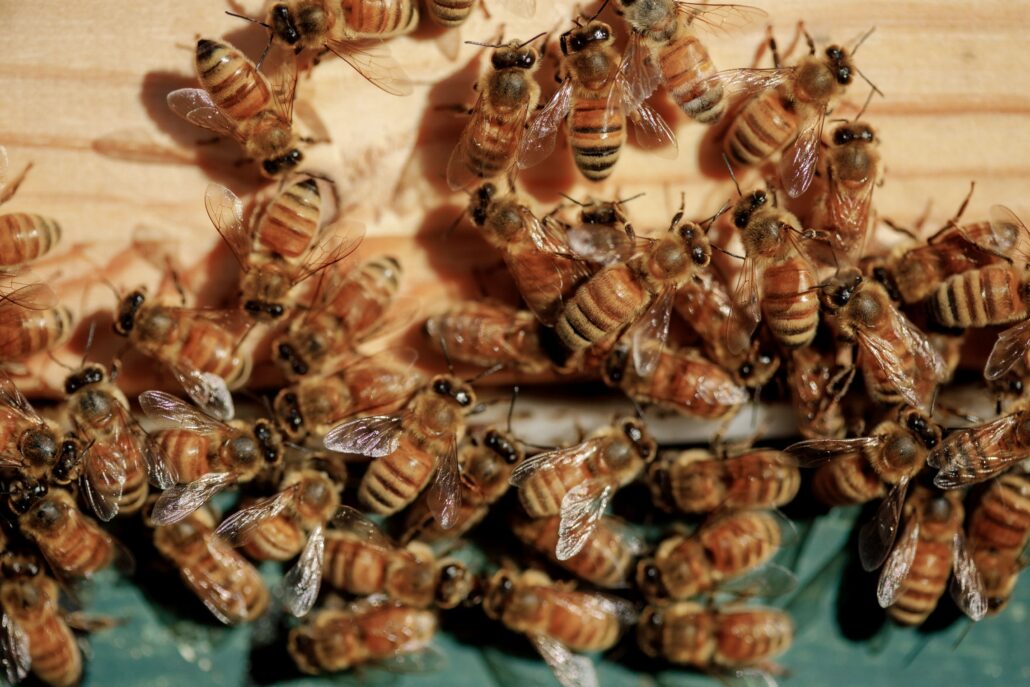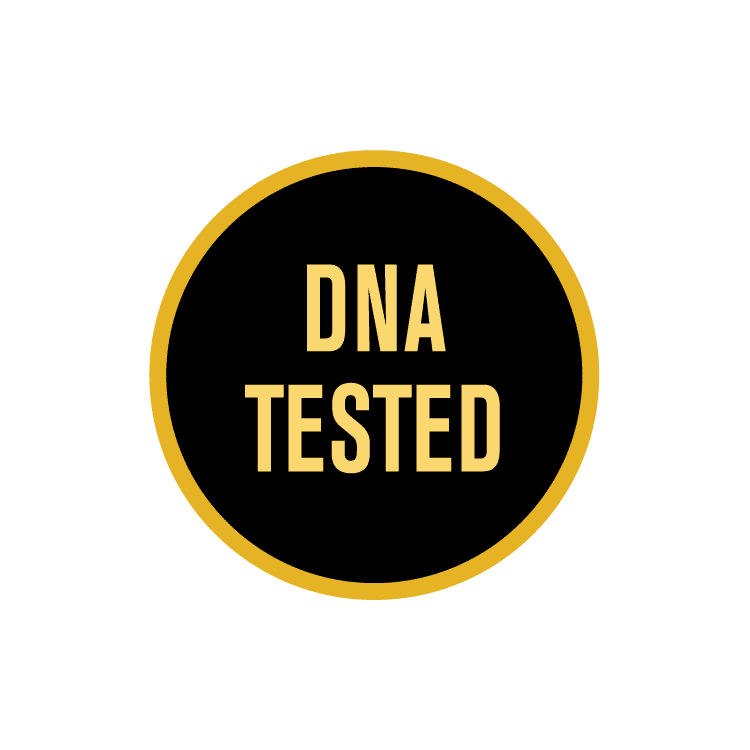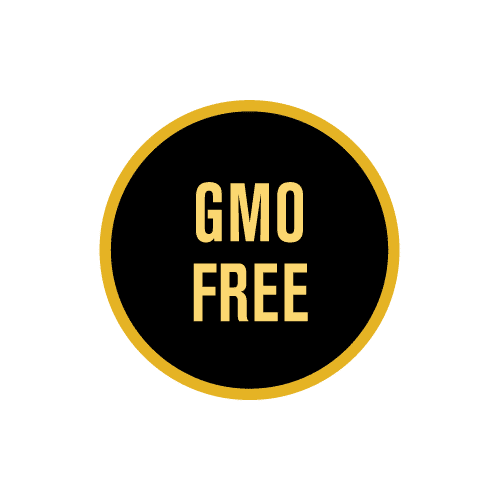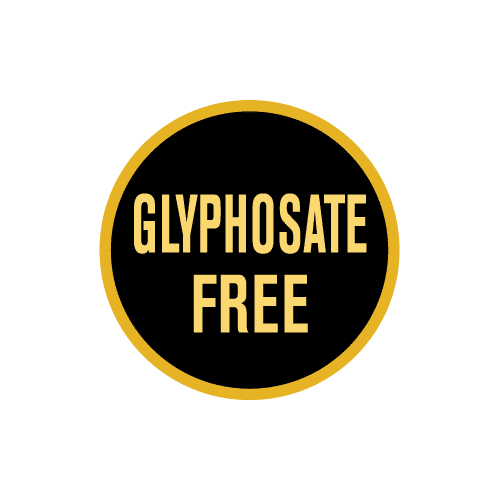Manuka honey comes from Leptospermum scoparium, an indigenous shrub/tree that has grown in New Zealand for millions of years. Thanks to the country’s geographical isolation, the Manuka plant developed in a unique way. The nectar of this tree forms the basis of a honey that is now recognised worldwide as one of the most remarkable varieties. Yet the history of Manuka honey stretches far beyond modern times.
The Māori used the Manuka plant for centuries in daily life — including leaves, bark and oils. However, the honey as we know it today could only be produced after honeybees were introduced to New Zealand in 1839. From that moment, a new tradition was born: combining New Zealand’s flora with apiculture.
In the decades that followed, beekeeping grew from small-scale bush and farm activities into a professional sector. Where Manuka honey was initially considered simply “bush honey,” beekeepers and researchers gradually recognised its distinctive sensory and chemical profile. This insight laid the groundwork for later classification systems and quality standards.
Where Manuka grows: it thrives across diverse landscapes — from coastal heath to uplands. Bloom periods and nectar availability vary by region and season, shaping beekeepers’ harvest calendars.

The discovery of unique properties
Although Manuka honey had long been valued, systematic research only began in the 1980s. Professor Peter Molan (University of Waikato) introduced the concept of the Unique Manuka Factor (UMF) to describe Manuka honey’s specific activity and allow reproducible comparison. The key was distinguishing between properties common to many honeys (such as peroxide-related effects) and those unique to Manuka.
In 2006, Professor Thomas Henle (TU Dresden) demonstrated that methylglyoxal (MGO) plays a central role in Manuka’s profile. From this came the MGO system — a quantitative and repeatable method for grading. Later frameworks extended to include not only MGO but also botanical and chemical markers.
Today, New Zealand’s government-established MPI criteria (four chemical markers plus one DNA marker) form the scientific basis for objectively determining the botanical origin of Manuka honey. This bridged tradition, beekeeping practice and laboratory analysis.
Why historical knowledge matters
The history of Manuka honey illustrates the unique convergence of nature, culture and science. From Māori traditional knowledge, through the introduction of honeybees in the 19th century, to pioneers of modern research — each chapter contributed to Manuka honey’s international reputation.
For MNZ, this heritage is vital. It underlines our dedication to authenticity and quality. We carry the tradition forward by producing only raw, monofloral Manuka honey and combining it with advanced testing and quality assurance.
A short timeline
- Before 1839 – Māori use Manuka plant parts (leaves, bark, oil) in daily life and rituals.
- 1839 – Introduction of honeybees to New Zealand; first Manuka honey produced from local nectar.
- Late 19th – 20th century – Growth of beekeeping; “bush honey” as umbrella term, gradually differentiated by origin.
- 1980s–1990s – Molan and colleagues establish reproducible methods and terminology (UMF).
- 2006 – Henle identifies methylglyoxal (MGO) as key compound; rise of quantitative MGO grading.
- Recent years – Legal definitions in NZ: MPI framework combining chemical markers and DNA analysis.





